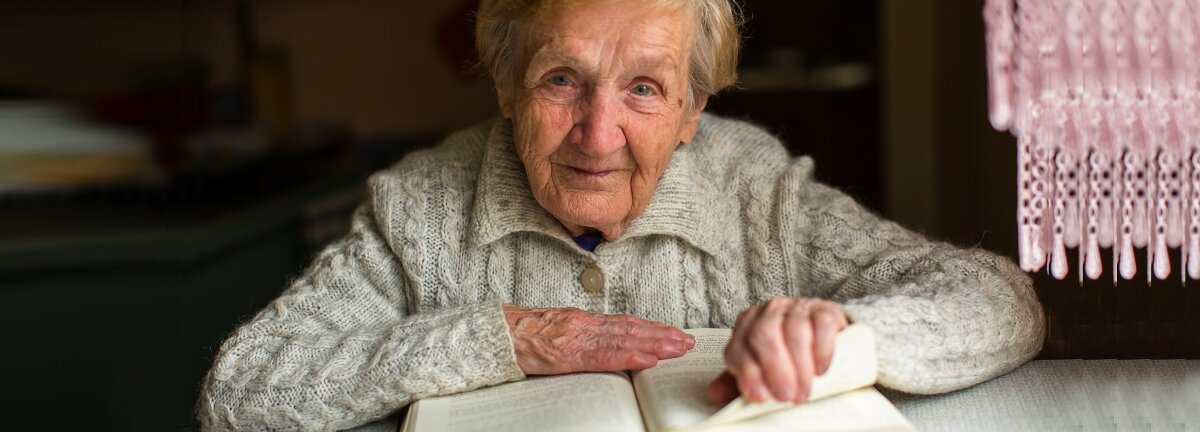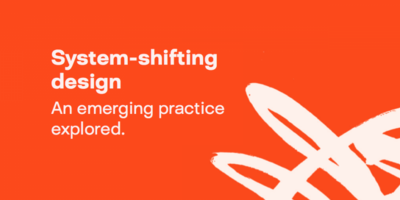Tackling issues surrounding the housing of vulnerable adults

In 2015, Mendip District Council took part in our Design in the Public Sector programme, run in partnership with the Local Government Association. The team’s challenge focused on tackling issues surrounding housing vulnerable adults.
The challenge
In Somerset, like elsewhere in the UK, public bodies have to reduce budgets while maintaining service levels, often while coping with increasing service demand. Agencies are facing this when providing housing and related support for vulnerable adults, broadly defined as a person ‘who is or may be in need of community care services by reason of mental or other disability, age or illness; or who is or may be unable to take care of him or herself, or unable to protect him or herself against significant harm or exploitation’. Ring-fenced funding has been cut and individual organisations are looking to only resource those elements they consider are statutorily responsible for.
With an increasing number of adults with complex issues in the area, Mendip District Council knows it is clear that there is a need to collectively address support for these adults in order to stop their problems spiralling out of control – with corresponding cost implications.
Local authorities, police and probation services in Somerset have recognised that they must collectively identify what actions would best help to support those in need, prevent problems escalating and ensure that statutory duties were being met. Having done this, they must jointly identify how this can be resourced.
Mendip had three main objectives with its project:
- To develop a coordinated approach across support organisations, sectors and agencies to address the housing needs of vulnerable adults
- Develop an overall brand identity which would allow it to easily communicate the actions taking place to wider partners and organisations the actions taking place
- To better understand the blockages in the system and the drivers for the people within it.
What we did
The Mendip team set out to bring together leaders and decision-makers in local organisations to develop a truly collective, coordinated approach. It also carried out targeted work with service users to gain insight into the way they perceive their treatment by the system, their aspirations and the tensions between service delivery and user expectation.
The solutions would be devised from the feedback from the two target audiences in the form of ethnographical research, workshops, historical service data and the prototyping of new concepts.
We discovered that service users were coming into hostels with a series of problems, initially feeling more secure but in the end they said that they didn’t feel ‘seen’.
Tracy Aarons, Mendip District Council
A full-day workshop was held with the Design Council’s experts bringing together key personnel from organisations which support the cohort or who have duties regarding them. The session specifically targeted those able to influence and make changes in their organisation.
They mapped out the current systems, identifying strengths and weaknesses, and collectively agreed opportunities for change. From this, a series of prototypes were agreed to begin to change the system.
A board is now in place that meets monthly and reviews actions coming out from a series of prototypes, projects and programmes all aimed at improving the lives of the service users. The board has now been branded as the Positive Lives board, and all work related to this area now sits under the Positive Lives brand.
There are currently nine work streams running that cover areas including: realigning accommodation from large hostels to smaller household-sized units; trauma informed practice; family hosting and the pattern changing. Many of these have been developed as a consequence of ethnographical research and the messages that came back from clients through this.
The branding of the approach and the coordination of all the partners has enabled additional funds to be levered into the system because of the raised profile of the work. These funds have been used to implement new approaches to support, run prototypes and support transitional arrangements for those affected by a £880,000 cut in housing support for vulnerable people in Somerset.
Results
While the project continues, the Mendip team has already seen results and is on the right course to having an increased positive impact for adults with complex needs and behaviours.
It is early days for the approach but the monitoring of temporary accommodation and rough sleeping since the main funding stream was cut is currently showing numbers to be stable. It is hoped that, once new activities start to bed in, these numbers will begin to reduce and, as importantly, there will be evidence that people are not returning repeatedly to the system.
The system had had hundreds of thousands of pounds taken out of it. What the Design in the Public Sector work did was show the need to – rather than replace the money – try different ways of working.
Tracy Aarons, Mendip District Council
Plus, learnings from the programme will also be used in other areas of the council. Tracy Aarons, Deputy Chief Executive, said: “There’s no doubt that the programme was very, very worthwhile. Benefits of the approaches we learned about will continue to be applied over many years – this will be a part of our long-term, rolling strategic programme.”
The team were aiming to have a better understanding of user aspiration and how to engage them effectively. In order to do so, there has been a set of ethnographic research conducted. This included on-site conversations with current service users in supported housing. This work, using techniques learned on the Design in the Public Sector programme, identified a ‘lack of hope’ among service users.
Aarons explained: “We discovered that service users were coming into hostels with a series of problems, initially feeling more secure but in the end they said that they didn’t feel ‘seen’. Rather than being treated as individuals with individual problems which could be solved, some felt as though they were being ‘held like cattle’.”
These interviews and research also exposed a trend of service users arriving at the hostel system with a certain issue, trying to fit and blend in with other service users and actually spiralling into another set of problems, and ending up with more problematic issues. In order to change that, the partners knew they had to improve the ways of working across agencies and tiers. To identify what needed to be done, they have set up a new framework, changing their model of approach. They are now trying to separate the support model for the individual from the model for housing, rather than having it as one package.
For the council to provide the best support possible, the research suggested that the mechanism should concentrate on individual concerns, and move to smaller units of housing rather than larger hostels. This has shown to lessen the effects of people becoming institutionalised by the supported housing system.
Design in the Public Sector also helped the council and partners make better use of resources. Aarons explained further: “The system had had hundreds of thousands of pounds taken out of it. What the Design in the Public Sector work did was show the need to – rather than replace the money – try different ways of working. The Positive Lives board brings together a range of agencies, including the police, probation, providers and health and wellbeing bodies, who have developed prototypes, often by adapting existing service concepts used in other areas.”
Such is the success of the approach that, a year on, the group is currently reviewing plans to move to a more strategic role.
A major change for the system surrounds mental health treatment. The ethnographic research showed that while there was recognition for the service user, there was less-so for the staff dealing with them. As such, staff were becoming slightly desensitised to service users’ experiences as they dealt with them so often, and were putting up an emotional barrier in order to protect themselves. The partners are now prototyping a specialist ‘reflective’ system where staff can talk about third party trauma experienced when helping the user, in essence, ‘supporting the supporter’.
The Positive Lives Board is now actively removing the barriers between commissioners and providers, which stifle innovation. This group activity promotes cross-pollination of ideas between agencies. Such is the success of the approach that, a year on, the group is currently reviewing plans to move to a more strategic role, with a more regular meeting group acting tactically as needs change over the years, levering in new funding routes and supporting new models of approach.
The programme has promoted new thinking and development in models of housing-related support. An example is the change in use of the emergency family hosting model, previously exclusively for young people. Vulnerable youths who were suddenly homeless were ‘hosted’ by families for a short period of time – this has now been opened up for people of any age. It is hugely cost effective and also far more beneficial for the individuals, who benefit from having the support, network and also the ‘feel’ of having a family there.
Subscribe to our newsletter
Want to keep up with the latest from the Design Council?

